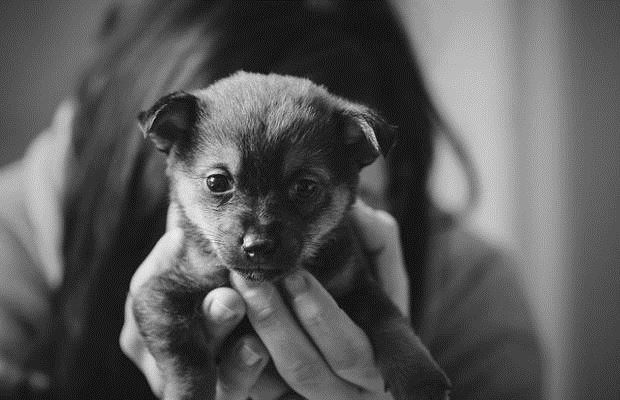
Is your dog expecting a litter of puppies? If so, you might want to prepare yourself to ease this experience for your pooch and her puppies. Dogs usually stay pregnant for approximately nine weeks. Generally, your dog’s pregnancy symptoms will be virtually unnoticeable until they reach three weeks of gestation. Some of the early signs include appetite loss and nausea, which is the equivalent to morning sickness for humans. Around five weeks, her waist and rib cage will appear wider, and her nipples will be much darker in color.
The absolute best way to confirm your dog’s pregnancy is with an ultrasound, which can be performed around day 21. When she reaches 45 days, a radiograph can be taken to determine how many puppies she is carrying. Once you have confirmed their pregnancy, this is what you should expect when your dog is expecting.
The Pregnant Dog: Your dog will be undergoing a lot of physical and mental changes during pregnancy. As previously mentioned, the first two-thirds of their pregnancy will feature little to no change in their activity level, appearance and appetite. It isn’t until three to four weeks of pregnancy that they begin to gain weight and mammary glands begin to develop. This is the time where puppies are rapidly developing, and clear vaginal discharge can be seen and will likely continue until birth.
Diet: The diet that you feed future mom is crucial to her health as well as the developing puppies. They require an extremely high-quality diet, but no major changes should be made during the first five weeks of gestation. At four weeks of pregnancy, you should begin increasing the amount of food that she consumes on a daily basis by at least 25 percent. This is the time where puppies begin to demand more nutrition, and satisfying the demand will ensure that all of them stay healthy and strong.
Contrary to popular belief, you should not incorporate any vitamins or supplements into their diet, especially calcium. Feeding them extra amounts of calcium increases their risk of eclampsia, also known as milk fever, which is a dangerous health issue that is often fatal. Furthermore, many supplements have the potential to cause a variety of birth defects. Try to keep your pooch away from them during pregnancy unless recommended by veterinarian.

Featured photo of an adorable puppy by Simson Petrol via Flickr.com
Exercise: A pregnant female dog needs daily activity to keep the muscles exercised, especially her uterine muscles. Short daily walks are the best option; do not overexert her as it will stress out the puppies. Exercise is important because it prepares her for the physical aspect of birth, and will prevent her from becoming obese from additional food intake. During the last three weeks of pregnancy, no more walking is needed.
Prepping for puppies: When the time comes, you will need to set up a private, warm and clean whelping box where your dog can deliver and rear all of her puppies. Large cardboard boxes and children’s playpens are excellent options, but if not sufficient in size, use hard plastic panels or wood to block off a section of your home that is far from drafts. Determine the height of the walls by the breed of the dog that will be giving birth. They should be short enough so the mother can easily enter and exit the area but tall enough to prevent the newborn puppies from escaping. Fill it with plenty of blankets or towels to ensure that she remains comfortable and warm. Her whelping box should be set up several weeks before she is expected to give birth. This gives your canine enough time to nest and get comfortable within the area. Keep her food and water close by for convenience.
Pre-birth: 6 to 24 hours before going into labor, you may notice excessive panting, vomiting, restlessness and a decrease in the dog’s appetite. If she does not eat for more than a day without delivering, contact your veterinarian immediately. It is important to keep your home quiet during the moment before birth and to keep her inside away from other dogs as added protection from disease and stress. Her normal temperature will be 100 to 102 degrees, but will drop to 99 degrees 12 to 24 hours before labor.
Labor: You don’t need a veterinarian for your dog to deliver her puppies; most of the time, she will know exactly what to do. Once the mom begins to give birth to her puppies, hard labor should not last longer than an hour. If it does last longer than this, then it might be good to contact your vet over the phone and follow their directions. Once they are done whelping it is best to take her as well as the puppies in for any exam to rule out any problems and to make sure that everyone is healthy. Do so either on the same day or the day after that, but don’t wait longer than 48 hours.
